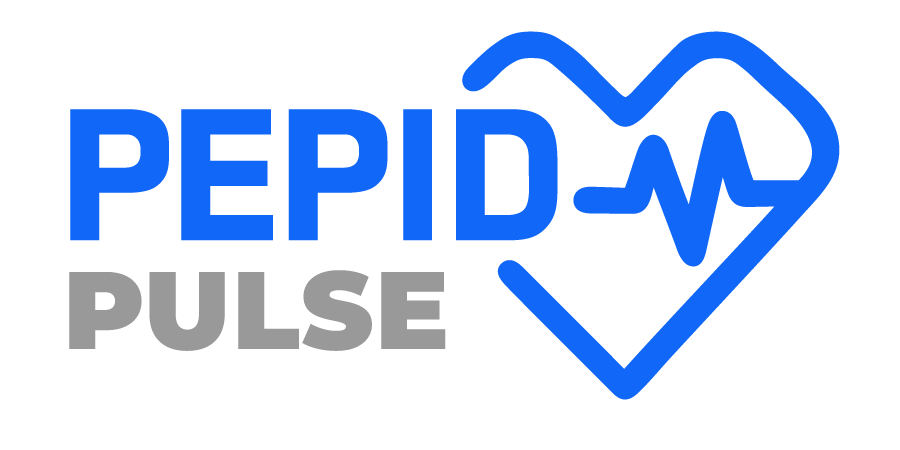The price of insulin in the United States has risen more than 1000% over the past 20 years.
Many reports and data over recent years have revealed that human insulin has often been inaccessible to certain demographics due to its high cost. Unfortunately, this has resulted in an increase in patients with type 1 diabetes dying due to their inability to afford this life-saving medication. The price of insulin in the United States has risen more than 1000% over the past 20 years and this increase has shown no correlation to the increase in inflation over that time. Some justification for the increase in price by pharmaceutical corporations is the claim that higher costs are attributed to the continued need for research & development (R&D) of insulin innovations. This claim has been often ridiculed as many view the affordability of insulin as a greater necessity to greater society compared to the need to innovate new forms of insulin.
Rising Insulin Prices: A Multi-Faceted Challenge
The steep cost of insulin can be attributed to several key factors. Firstly, the insulin market is largely controlled by three major pharmaceutical corporations – Novo Nordisk, Sanofi-Aventis, and Eli Lilly2. This oligopoly has allowed these companies to wield significant pricing power, creating an environment with minimal competition and little incentive to lower prices.
Moreover, research and development expenses for developing new and improved insulin formulations are often cited as a justification for the high costs. While R&D investments are essential for advancing medical innovation, critics argue that the extent of price increases far surpasses the actual costs incurred in the development process. The general population’s desire has shifted towards the need for affordable access to insulin, as opposed to primarily funding future innovations.
Patent extensions and evergreening are additional contributors to the persistent rise in insulin prices. Pharmaceutical companies have used these tactics to extend the exclusivity of their insulin products, preventing generic alternatives from entering the market and offering more affordable options for patients.
The complex pharmaceutical supply chain also plays a crucial role in driving up insulin costs. From manufacturers, to wholesalers and retail pharmacies, each step along the distribution process adds markups to the final consumer price, ultimately borne by the patient. Pharmacy Benefit Managers (PBMs) negotiate prices with manufacturers and pharmacies, and while rebates from manufacturers may lower the net price, these savings might not always reach the patients, leading to further financial strain for individuals needing who rely on insulin.
Insulin for All: Regulation to Cap Insulin Prices
Recognizing the urgency of addressing the insulin affordability crisis, the House of Representatives approved the Affordable Insulin Now Act on March 31st, 2022. This landmark legislation seeks to limit cost-sharing for insulin under private health insurance and Medicare. Depending on the specific provisions, the act would cap insulin prices at either $35 per month or 25% of the negotiated price within insurance plans. This significant step, if passed by the Senate and implemented in 2023, could bring much-needed relief to the financial burden faced by individuals with type 1 diabetes.
The success of the Affordable Insulin Now Act has sparked discussions about expanding similar price regulations to other essential medications that face a similar monopolistic market structure.
By implementing price caps, the aim is to strike a balance between ensuring patient access to crucial medications and encouraging pharmaceutical companies to continue investing in research and development.
Another potential solution lies in rethinking the patent system within the pharmaceutical industry. Introducing a cap on the duration of patent protection, such as limiting it to 7 to 10 years from the date of market entry, could foster competition, enable earlier generic alternatives, and drive down insulin prices as a result.
A Path Forward: Ensuring Equal Access to Insulin:
The high cost of insulin has placed an undue burden on countless patients, leading to preventable hardships and, in some cases, tragic consequences. While the pharmaceutical industry’s investment in research and development is vital, it is equally crucial to prioritize affordable access to insulin, a medication that is essential for the survival of millions. The Affordable Insulin Now Act represents a crucial step towards addressing this issue, potentially setting a precedent for controlling the prices of other essential medications.
As we look to the future, a reformation of the pharmaceutical patent system, alongside efforts to regulate insulin prices, could pave the way for a more equitable healthcare system. By creating a balance between affordability and innovation, we can ensure that no patient is forced to choose between their health and financial well-being. The path to accessible insulin and affordable care is within our grasp, and by working collectively, we can make this vision a reality for all those living with diabetes.



